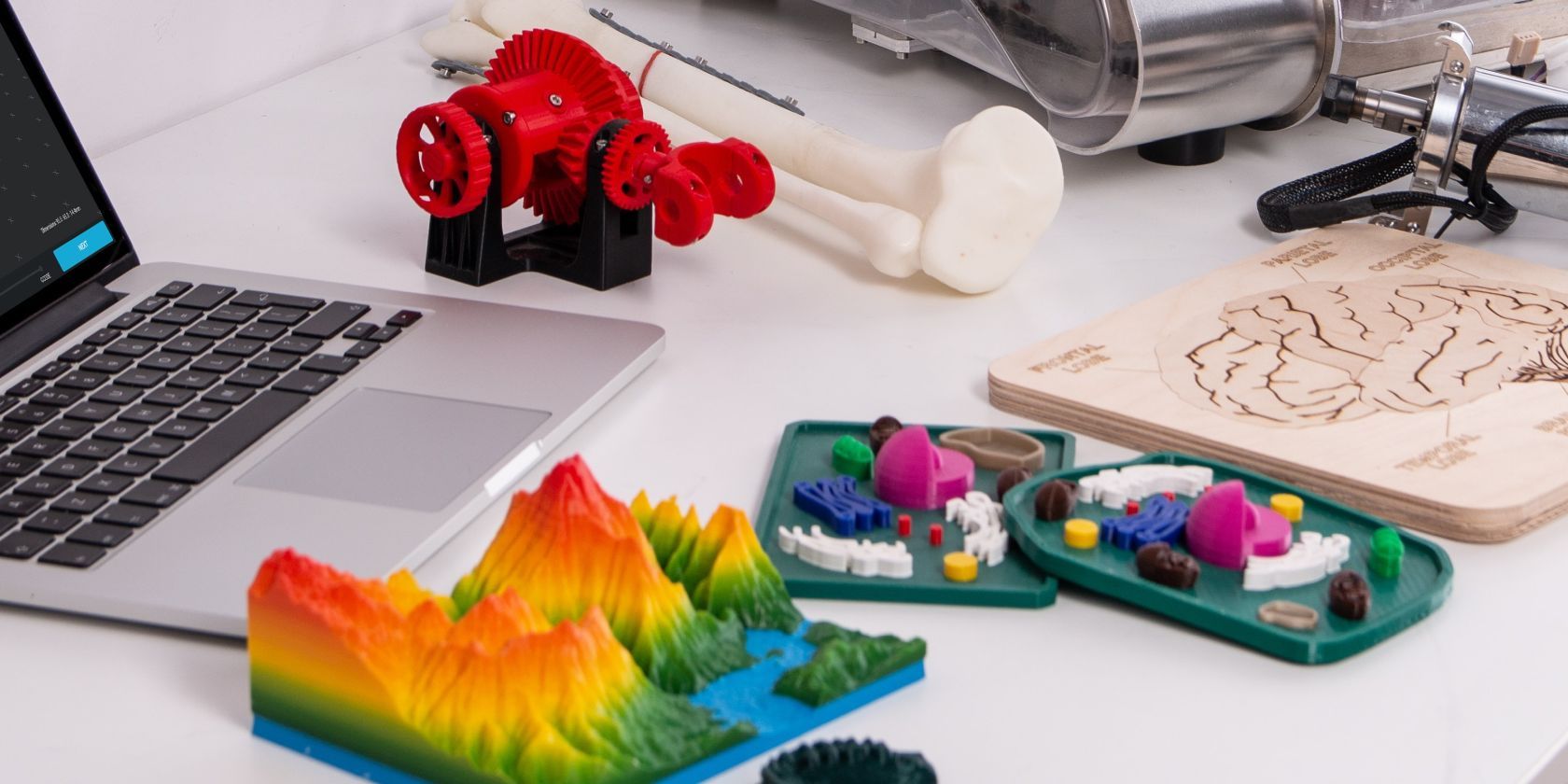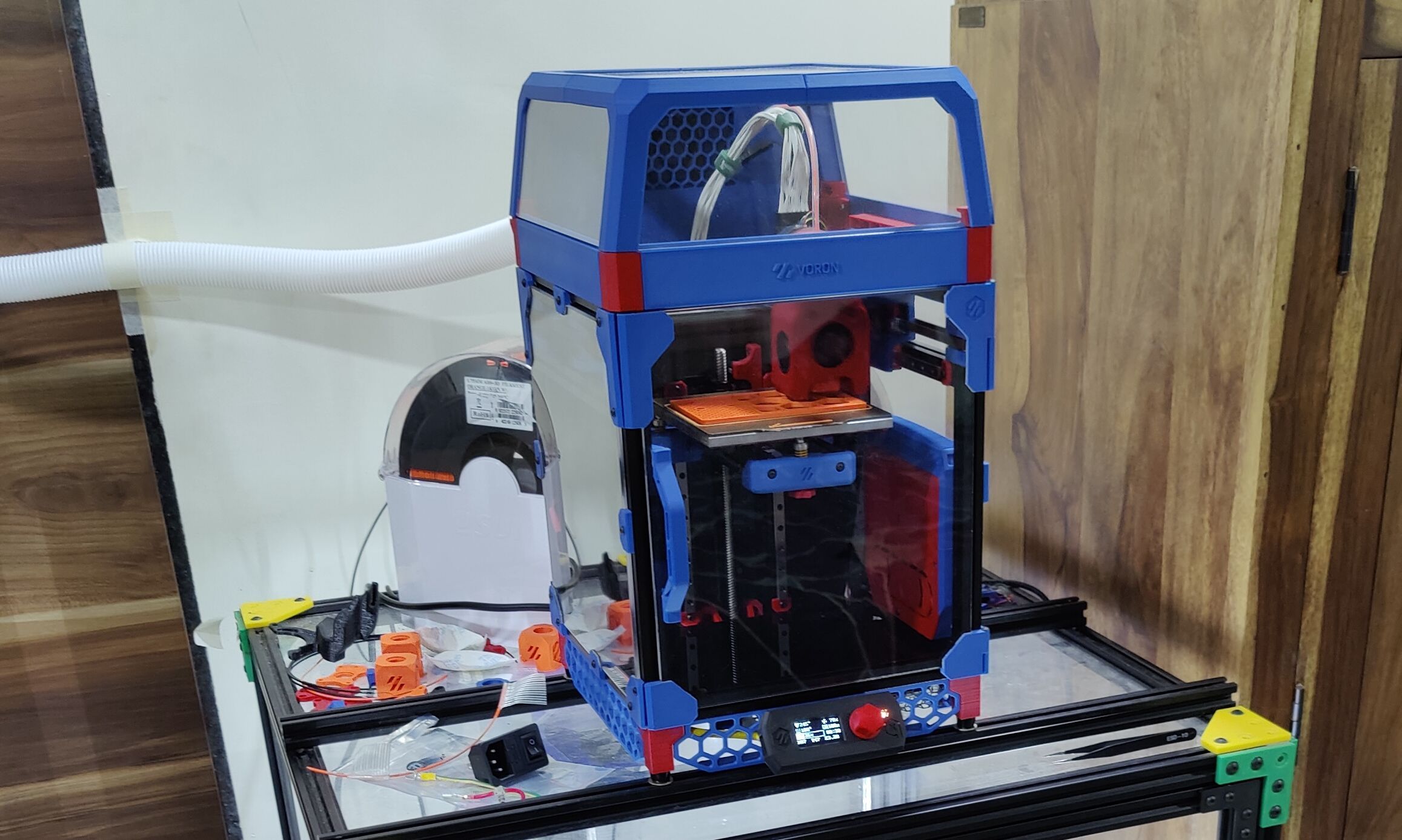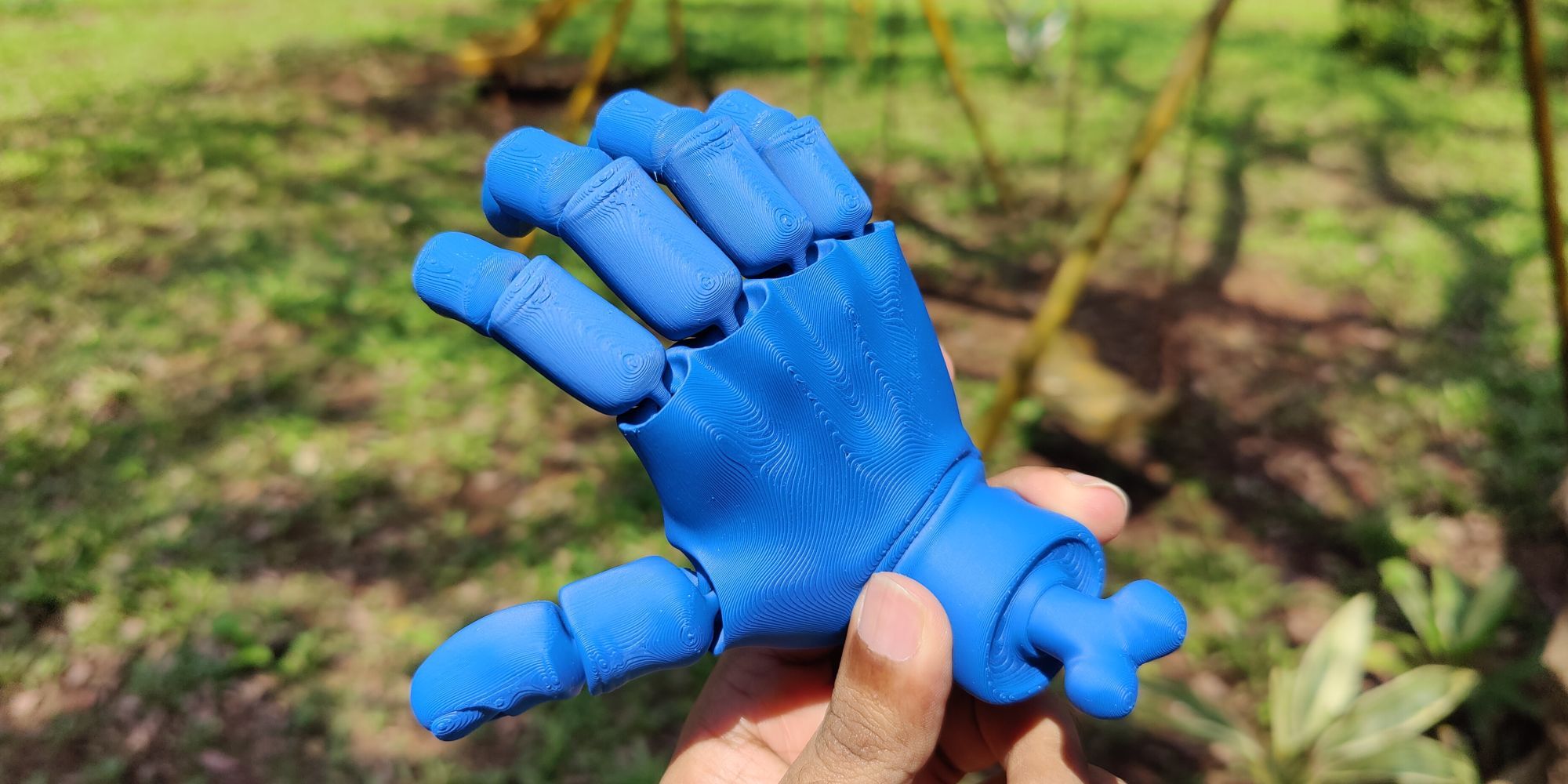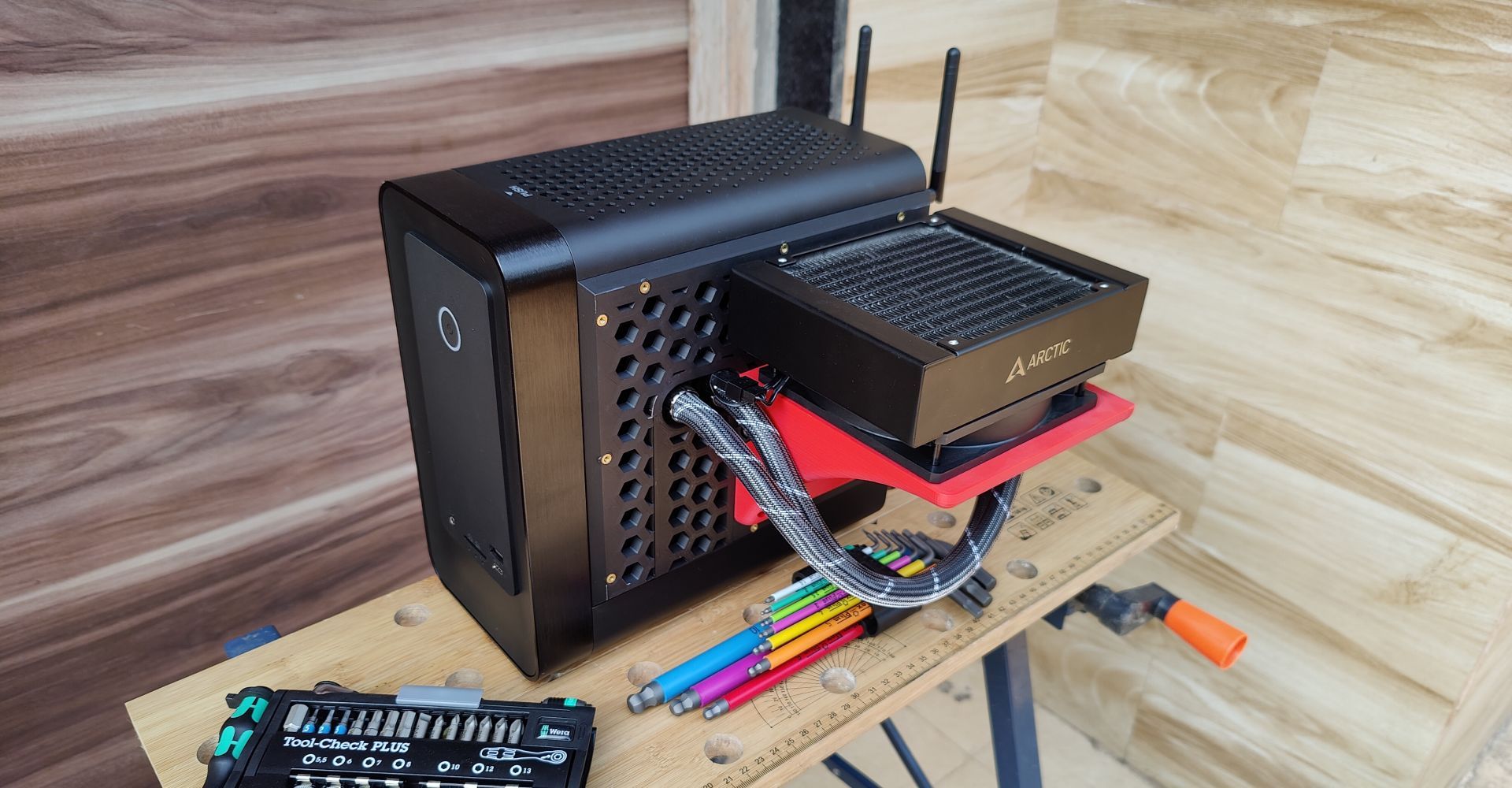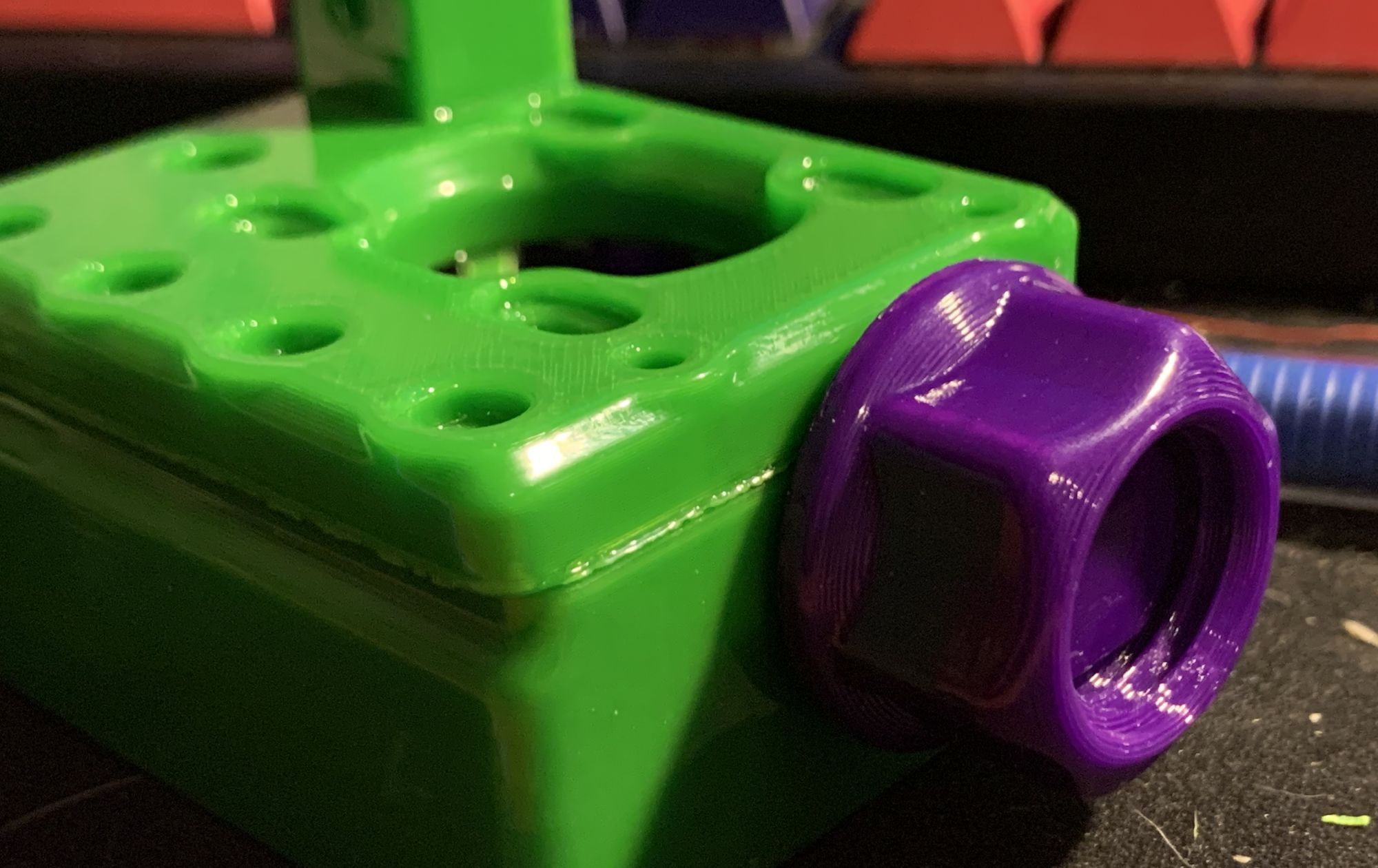FDM, or Fused Deposition Modeling, is a 3D printing technique that has successfully transitioned from the commercial to consumer 3D printing space. Most home FDM 3D printers can melt and extrude a wide variety of thermoplastic polymers into functional and cosmetic parts. However, a vast majority of 3D printing enthusiasts swear by PLA and ABS polymers, which are sold in convenient filament spools.
But what makes these 3D printing filaments popular, and which one of these is the right choice for you?
Answering this nuanced question involves understanding the physical properties of these materials and how those relate to the 3D printed parts. Let’s demystify these popular filaments to figure out which one best suits your 3D printing needs.
What Is ABS, and Why Is It Difficult to Print?
ABS, or Acrylonitrile Butadiene Styrene, is one of the earliest materials used as 3D printing filaments. The name comes from the three primary chemicals used in the manufacture of the thermoplastic polymer. The composition of these constituent chemicals can be varied to produce a variety of ABS blends to suit different engineering needs.
ABS is widely used in the injection molding industry to make common consumer products, ranging from keycaps and LEGO bricks to automobile components and pipe fittings. The low cost and ready availability of raw ABS pellets, combined with the manufacturing industry's familiarity with the material, ensured its adoption by the commercial 3D printing industry.
The commercial part is important because ABS has a tendency to shrink as the material cools down. This makes commercial 3D printers equipped with heated print chambers mandatory for printing ABS. Maintaining elevated chamber temperatures prevents the ABS parts from cooling down mid-print and deforming due to ensuing shrinkage. It is otherwise difficult to print ABS reliably without enclosing the 3D printer in a heated build chamber.
For a long time, 3D printing pioneer Stratasys held the patent for heated and enclosed print chambers. That left consumer 3D printers incapable of printing ABS. DIY 3D printing enthusiasts, however, were free to build printers with heated build chambers without being ambushed by Stratasys’ army of lawyers. That left the consumer 3D printing industry with no viable means to reach the masses.
Not surprisingly, the industry eventually came up with a new filament that could play well with cheap, unenclosed printers.
PLA: 3D Printing With Training Wheels
PLA, or Polylactic Acid, is a “biodegradable” thermoplastic manufactured by processing natural materials such as sugarcane and corn starch. Although it might fall short of its claims of being biodegradable, PLA nevertheless makes up for that with its ease of printing. While ABS needs a 3D printer equipped with a heated bed capable of reaching at least 200 °F, PLA is perfectly printable even on unheated build surfaces.
Most PLA filaments require nozzle temperature as low as 350 °F, but ABS needs at least 450 °F for consistent filament flow and strong interlayer adhesion. The lower printing temperatures only bolster PLA's inherent warp-free nature, making it easy to print large PLA parts without warping and delamination. This allows the material to be printed without an enclosure, thanks to its innate resistance to air drafts and temperature swings. However, printing large ABS parts runs the risk of warping and delamination even in enclosed printers unless the chamber temperatures remain above 140 °F.
PLA’s ease of use further extends to its ability to handle much steeper overhangs than any other 3D printing filament. This enables even the cheapest 3D printers to print challenging 3D models without the risk of deformation. The lower nozzle temperatures also allow PLA to bridge with ease, which reduces the dependence on supports—thereby allowing even total beginners to print complicated 3D models with relative ease.
The extremely forgiving nature of PLA filaments makes them indispensable as training wheels for beginners. Printing with the material significantly cuts down on the frustration associated with 3D printing, which encourages beginners to persevere and learn advanced 3D printing techniques at their own pace. Meanwhile, these 3D printing hacks might help speed things up a bit further.
PLA vs. ABS: Comparing Physical Properties
There’s no such thing as a free lunch. The adage holds true in the 3D printing world as well. For all its ease of printability, PLA pales in comparison to ABS when it comes to practical engineering applications. For starters, it is significantly harder than ABS, but that also makes it a lot more brittle. Drop a part printed in PLA, and it is quite likely to shatter into pieces.
Meanwhile, ABS exhibits higher flexural and yield strength, which makes it a lot tougher. This allows it to absorb vibrations and impacts, as well as shearing and tensile forces, better than PLA. Interestingly, ABS achieves all this while being lighter than PLA for the same parts printed at similar volumetric density. This makes ABS the filament of choice for engineering applications where strength and durability are paramount.
While the higher printing temperatures required by ABS make it harder to print, it also affords superior temperature resistance. Parts printed in the PLA filament distort when exposed to heat in excess of 120 °F, whereas ABS parts can withstand 200 °F before losing their structural integrity. This makes ABS indispensable for functional parts used in car interiors and engine compartments. Most 3D printer parts are also printed using ABS, especially when they are deployed in proximity to heat sources.
However, the biggest downside to using PLA for any functional purpose is its uncanny tendency to creep. That refers to the plastic deformation of PLA under constant compressive and tensile loads. Tighten a screw into a PLA part, and the compressive force will cause the material to smush over time. As a result, you'll have to re-tighten the screw on a regular basis until the part eventually fails. The same phenomenon also causes load-bearing PLA parts to gradually droop over time. This restricts the material to cosmetic components, and makes it a poor choice for functional and engineering applications.
Why Is ABS Still Relevant in 3D Printing?
Although traditional ABS might be challenging to print, many easy-to-print variations of ABS blends (such as eSun’s ABS+) print successfully even in cheap printers enclosed in simple cardboard boxes. Need more stiffness in your parts? Carbon fiber reinforced ABS filaments not only offer better stiffness and tensile strength, but they also significantly reduce warping and improve printability. Meanwhile, glass fiber reinforced ABS filaments improve stiffness and printability without sacrificing toughness.
While both PLA and ABS can take paint with ease, the latter is better for advanced post-processing. ABS can be sanded more easily than PLA for starters, which makes the surface easier to prep for priming and painting. However, the propensity of ABS to dissolve in acetone adds a whole new dimension to post-processing techniques. Joining ABS parts is a breeze with acetone welding, which simply involves exposing mating surfaces to acetone. Acetone vapor smoothening technique is a fairly simple and accessible method to completely remove layer lines from ABS parts to attain a smooth finish.
ABS is also fairly resistant to moisture absorption, is usually the cheapest filament option, and it does all that while retaining the capability to be printed extremely fast. In fact, the Voron range of CoreXY printers (you can learn more in our Voron beginner's guide) are relatively cheap enclosed machines that are specifically designed to print ABS at extremely fast speeds. To put this into perspective, the Voron 0.1 printer we built recently can print ABS at eye-watering speeds of 200mm/s while maintaining excellent print quality.
PLA vs. ABS: Which One Should You Choose?
While PLA shows comparable levels of moisture resistance, cost-effectiveness, and printing speed, it still isn’t suitable for engineering applications. However, it is still significantly safer than ABS, which tends to off-gas harmful VOCs (volatile organic compounds) while printing.
As such, PLA is indispensable for beginners to quickly learn the ropes of 3D printing without much frustration. It is also a viable option for unenclosed printers and for those who only print cosmetic parts. However, once you have cut your teeth on PLA, it is worth exploring intermediate filaments such as PETG that print easily on unenclosed printers while offering better strength and heat resistance compared to PLA.

